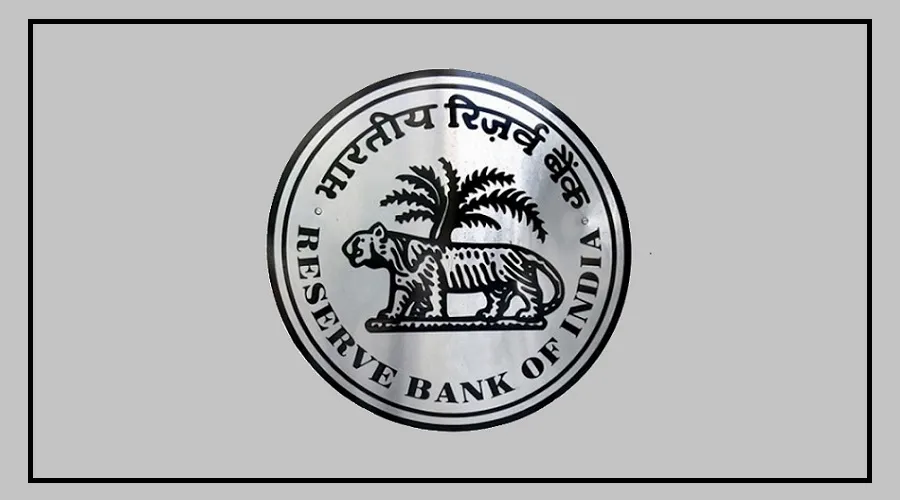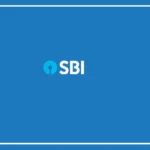Taking an education loan can help you fulfill your dream of studying abroad — but if not planned properly, it can also lead to financial trouble.
For many Indian parents, sending their child to study abroad is a dream. Students too give a lot of importance to overseas education.
According to government data, by the end of 2024, more than 13.3 lakh Indian students were studying in foreign countries.
To make this possible, many students and parents take education loans.
But the big question is — is it really the right choice? Let’s look at the benefits and drawbacks of taking an education loan for studying abroad so you can make an informed decision.
Rising Demand for Education Loans
As per a CRISIL report, the demand for student loans is growing rapidly. Leading NBFCs (non-banking financial companies) in India now have education loan portfolios worth over ₹60,000 crore, up from ₹43,000 crore last year.
The main reasons are the rising cost of foreign education, inflation, and the increasing number of students going abroad.
Benefits of Education Loans
Easier access to funds: Student loans help students who don’t have the money upfront. These loans cover tuition fees, hostel charges, and even book costs.
Repayment holiday (moratorium): Most banks allow a 6–12 month break from EMI payments after studies, giving time to find a job and settle down.
Better credit history: If EMIs are paid on time, your credit score improves, making it easier to get loans in the future.
Flexible EMI options: Many banks and NBFCs allow you to change the EMI amount based on your income, reducing the financial burden.
Drawbacks of Education Loans
High debt at a young age: Taking a large loan at 20–25 years of age can be stressful. Even after studies, EMIs can be hard to manage.
Interest keeps increasing: If EMIs are delayed, the interest adds up, which can double the total repayment amount.
Mental and financial pressure: Paying monthly EMIs brings emotional stress and limits your financial freedom.
Risk of non-payment: If you don’t get a job quickly or have a low salary, it becomes difficult to repay the loan, which hurts your credit score and future loan eligibility.
Things to Consider Before Taking a Loan
Taking a student loan is a big decision. It can bring your dreams to life, but without planning, it may cause long-term financial stress. Keep these points in mind:
Check your current financial condition
Know your chances of repaying the EMI
Read the bank’s or NBFC’s terms and conditions carefully
Research job prospects in your chosen field and country
Dreams matter — but so does being financially responsible. Taking a loan without understanding its impact can trap you in lifelong debt.
Current Education Loan Interest Rates in India
| Bank/NBFC | Interest Rate (per annum) |
|---|---|
| State Bank of India | 7.90% to 10.90% |
| Punjab National Bank | Up to 12.60% |
| IDFC FIRST Bank | 9.50% onwards |
| Bank of Baroda | 7.90% to 14.25% |
| Canara Bank | 8.35% to 11.75% |
| Bank of Maharashtra | 7.85% to 10.55% |
| HDFC Bank | 10.50% onwards |
| Indian Overseas Bank | 8.50% to 12.75% |
| ICICI Bank | 10.25% onwards |
| Karnataka Bank | 10.48% onwards |
| Tamilnad Mercantile Bank | 11.75% to 13.00% |
| Karur Vysya Bank | 12.05% to 14.55% |
| Axis Bank | 9.58% to 12.75% |
| IDBI Bank | Up to 11.50% |
| Bank of India | 10.55% to 11.85% |
| UCO Bank | 8.50% to 11.70% |
| Federal Bank | 11.75% to 15.00% |
| Kotak Mahindra Bank | Up to 16.00% |
| Bajaj Finance | Up to 31.00% |
| Tata Capital | 11.50% to 13.50% |
























